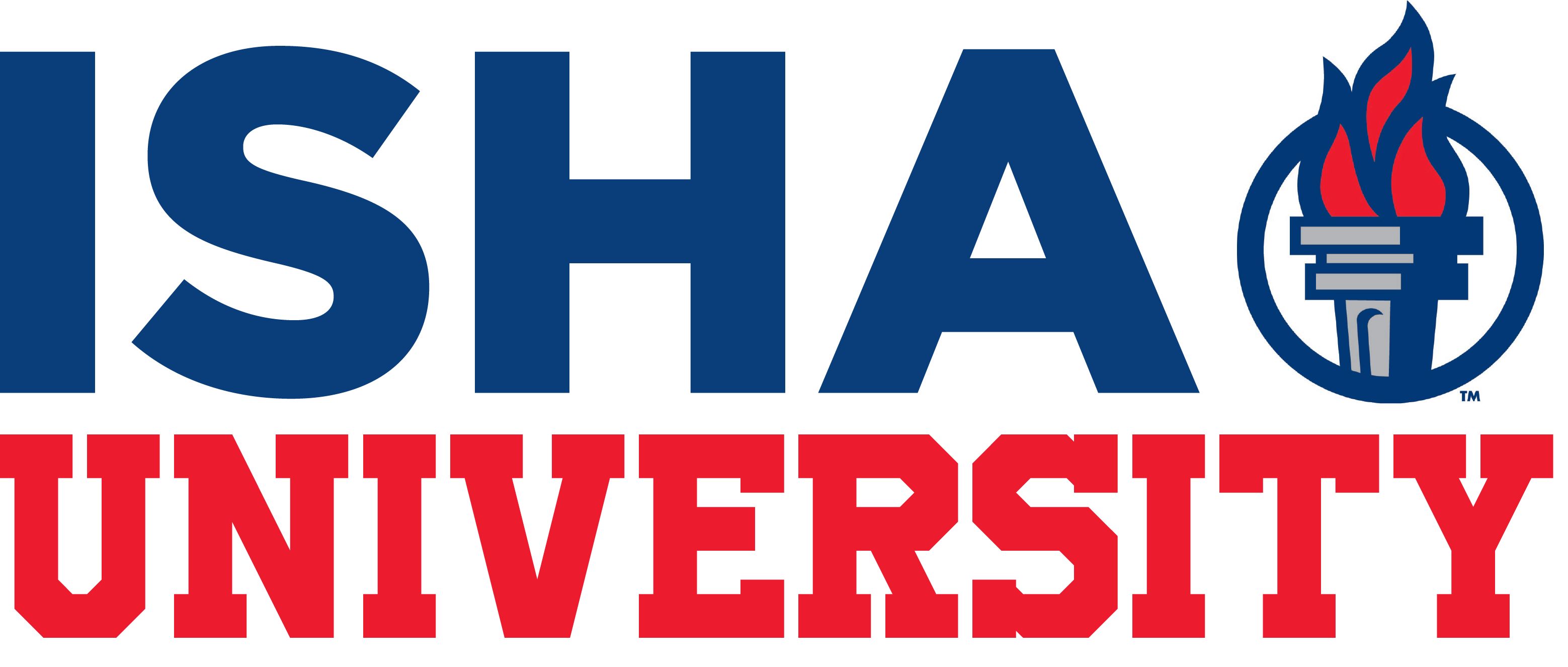ISHA University is the International Sports Heritage Association’s new home for all education documents, white papers and informational contributions. It’s all information supplied by members for members. Each category listed within ISHA University features a drop down menu with documents related to that category to assist you and/or guide you through operational questions/issues. The area is password protected for ISHA members. For more information on becoming an ISHA member, please click here.
This space will also be used to post articles written and contributed by members that might assist colleagues. Such articles will remain in the public domain. We encourage you to make contributions. If you would like to contribute an article for this space or a document to our ISHA University directory, please email [email protected] and a member of ISHA’s communications committee will post.
Browse our directory ISHA University documents to assist you within your institution.
The Top 10 reasons (by the Canadian Golf Hall of Fame) your institution should launch an online photo database.
|
|
Maintaining technology in today’s museums
As technology evolves and museums embrace it, maintaining such technology becomes a major issue to functionality and the all-important guest experience.
We live in a world where TripAdvisor and Yelp provide a forum to our guests for instant feedback and incredible access to user reviews. Nothing will negatively affect such reviews more than a poor guest experience caused by non-functioning exhibits. Also, you should simply want your museum at 100 percent functionality at all times even though that may not be realistic.
 When budgeting for a new exhibit, project or renovation that might feature the latest and greatest technology designed to enhance the guest experience, one must be sure to account for the maintenance of that technology from a budgetary standpoint.
When budgeting for a new exhibit, project or renovation that might feature the latest and greatest technology designed to enhance the guest experience, one must be sure to account for the maintenance of that technology from a budgetary standpoint.
An exhibit might feature large projectors or even multiple projectors that include image blending. What is the cost of replacing the projector lamps (if not using laser projectors)? How many hours will those lamps last accounting for your usage times? Who will replace those lamps? Will replacing the lamps affect the blended image? Who will restore the image to its corrected state?
Perhaps your institution features a theater with a signature film and you switched from projectors to a large high-resolution LED screen. What will you do when a pixel malfunctions? Who replaces it?
These are some basic examples of potential issues, but technology malfunctions. It just does. And yours will. Extremely large institutions might have a full-time technical staff in house that works quickly to remedy any problems. Of course, there is an accompanying cost in wages and benefits to such staff, and many smaller institutions cannot absorb that cost.
The solution for smaller institutions in regards to technology maintenance is likely a service contract with an outside firm. So what are some important factors in negotiating such a contract?
Cost is obviously at the top of the list but is affected by the elements included in the contract, so we will come back to this one later.
Time should be a priority. Getting an exhibit back online as quickly as possible is critical to the guest experience. A guest will likely understand if there is a technical challenge during his/her visit, but if that same guest were to return with friends a week later and that exhibit was still down, he/she might not be so forgiving. So access to phone support during all operational hours is important. Oftentimes, fortunately, malfunctions require simple fixes that can be corrected through phone guidance. Phone support should be available within one hour. But what if it cannot be fixed that way?
Build an emergency response time for onsite problem solving into your agreement. This will come with a cost and must be negotiated, but if functionality and limiting exhibit down time are important, then negotiating this is a must. A four-hour response time is probably fair to both parties, but start there and negotiate cost downward if that is an issue. Compare costs for four-hour, six-hour, or even one-day response times, but don’t go much beyond that.
Also ensure you have a contract response time for non-emergencies. Maybe a display is dimmer than normal, but still functioning. That may not require emergency service, but does require a timely visit. So think about a non-emergency response time in the three-to-four-day range.
Make sure you understand whether your agreement includes unlimited labor or if you will pay labor by the hour. If paying by the hour, find out the company’s typical hourly charge and negotiate that based on your annual or monthly maintenance fee. A comprehensive contract should include unlimited service labor. Remember to take into account that some work might not be able to take place during normal business hours while guests are in the building so try to ensure that there is no additional cost for work done outside normal business hours. Negotiating 24/7 availability is ideal, but might not be affordable. Know going into your negotiation how far you will go on that issue based on what is critical and what you can afford.
Preventative maintenance should be part of your agreement. This should involve cleaning, testing, and calibration of all equipment. These PM visits will likely need to take place during business hours so plan accordingly. Try to negotiate two PM visits during the year. These visits will hopefully help limit malfunction visits.
When parts need to be replaced, expect to pay up to a 20 percent markup on the part cost, but negotiate that as well. Maybe there is some give there so it never hurts to push.
As you can tell, there are many factors involved in the cost of an agreement. Response times for phone assistance and onsite maintenance, labor availability times, preventative maintenance visits and the parts markups are all negotiable. There will have to be some give and take, however. So each institution must prioritize and negotiate from what is most important. One can expect to pay $40,000-$75,000 per year for a decent service contract and that will not likely include computer issues that would be referred to your IT department or a separate IT service agreement.
And here are a couple more tips:
If you are able to negotiate a service contract with the A/V company that handled your project integration, that can be helpful because you have already spent money with the company and might be in a better negotiating position, and because that company will already have a working knowledge of your operational system.
Maintain a positive relationship with your technicians. While you are paying for them to serve you, remember that you have the same goal, which is to get the exhibit functioning as quickly as possible. So work together and communicate rather than push against one another. That will serve both parties best over the long term.
Written by Bryan Morry, the executive director at The Patriots Hall of Fame presented by Raytheon. For questions regarding this article, email Bryan at [email protected].

